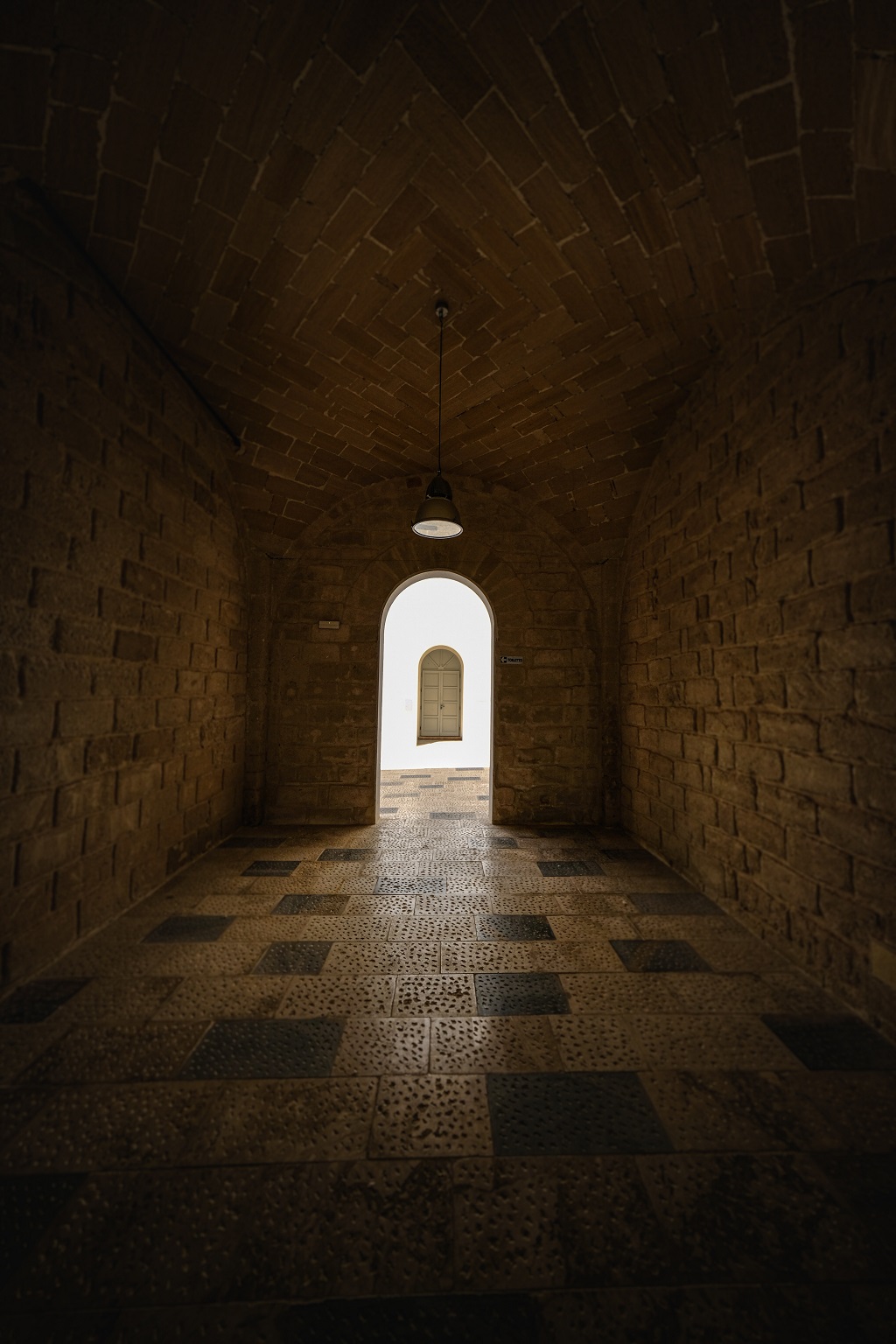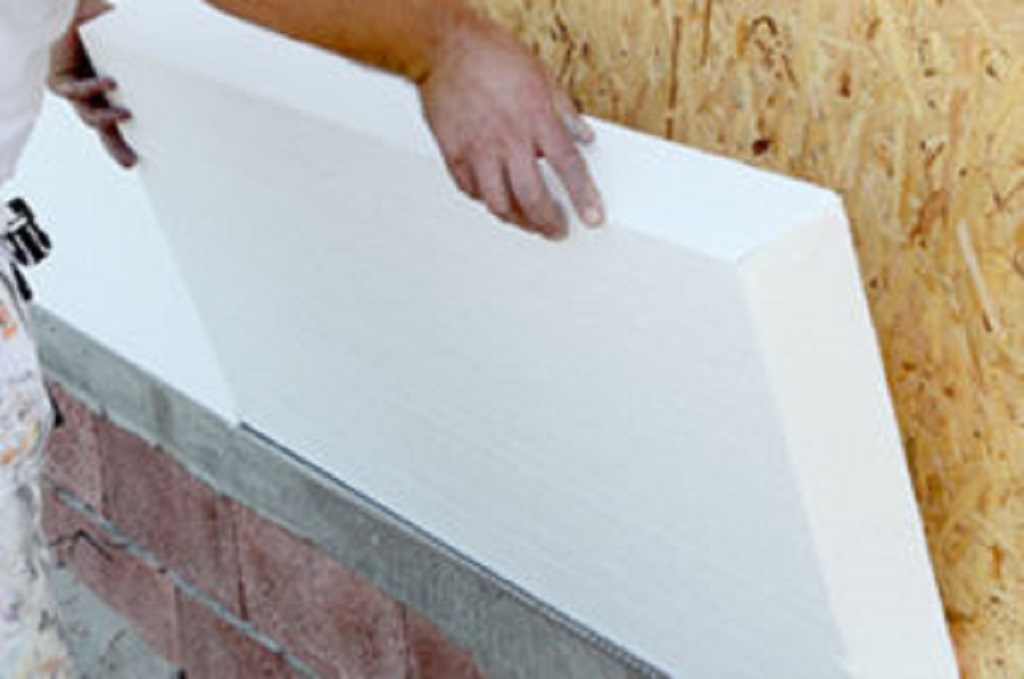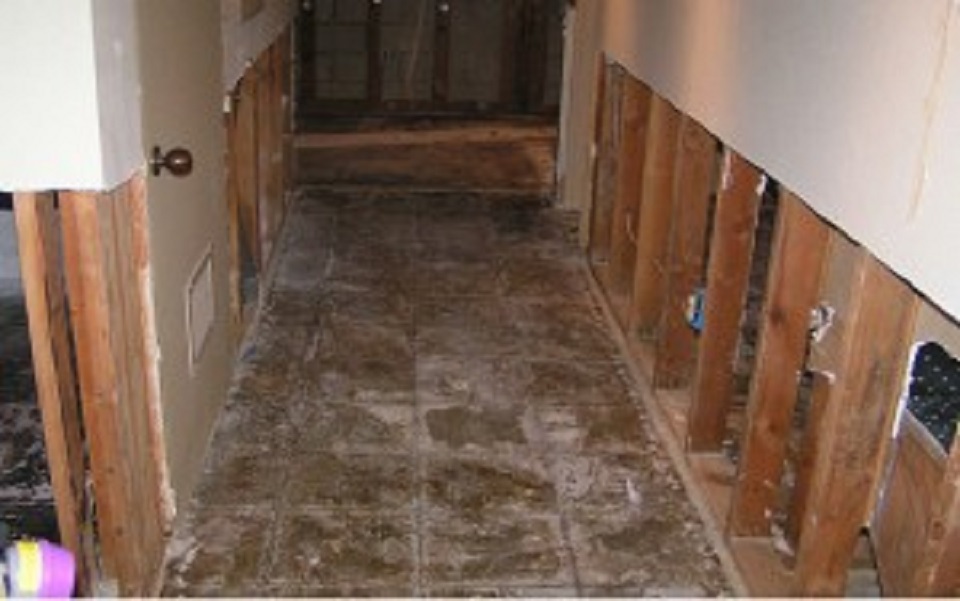How To Insulate Basement Walls

Among the most common questions asked by homeowners is how to insulate basement walls. It is an important step in the home improvement process and can help keep the area comfortable. This article will discuss the different types of insulation available and how to choose the best one for your basement. In addition to the types of insulation, you’ll also want to consider the moisture control in the area. Non-insulated foundation walls can lose a lot of heat and moisture, which can make the basement feel colder than the rest of the house.
Before you decide to insulate basement walls, you should make sure that the frame wall is insulated and sealed to prevent moisture from leaking in. You can also protect it from fire by adding a layer of foam board insulation. Generally, you can apply foam board insulation yourself. It is made from polyurethane or polystyrene and is very effective at keeping the basement cool. If you plan to install this type of insulation yourself, be sure to hire a professional to do the job.
Use a Foam Board Insulation to complete step How To Insulate Basement Walls

Another option for basement wall insulation is foam board insulation. These are made from polyurethane or polystyrene. These types of insulation offer good temperature control and structural stability. To make sure that your insulation is secure, you’ll need to use construction adhesive to secure it to the basement wall. However, you shouldn’t nail it to the wall. This could cause holes in the insulation. In addition, foam board insulation may not be ideal for your basement walls.
Address The Moisture Issue In The Basement

Before installing insulation, you need to address the moisture issue in the basement. Before you apply insulation, you can perform a moisture test by putting up plastic sheeting on the bare concrete wall and taping the edges with an impermeable duct tape border. After 48 hours, check whether the plastic sheeting has any condensation. If it is, water is seeping through. You need to install an appropriate waterproof barrier for your basement.
After the insulation is in place, you must cover it with drywall. If you’re using rigid foam, you’ll need to use a thermal barrier between the wall and the insulation. You can use mineral wool insulation for this purpose, but you should be sure to make sure that you’re putting in the right amount of foam in the basement. It’s vital to insulate the walls and the basement of the house.
Related Posts

Gap between carpet and baseboard

How to fix broken mirror
